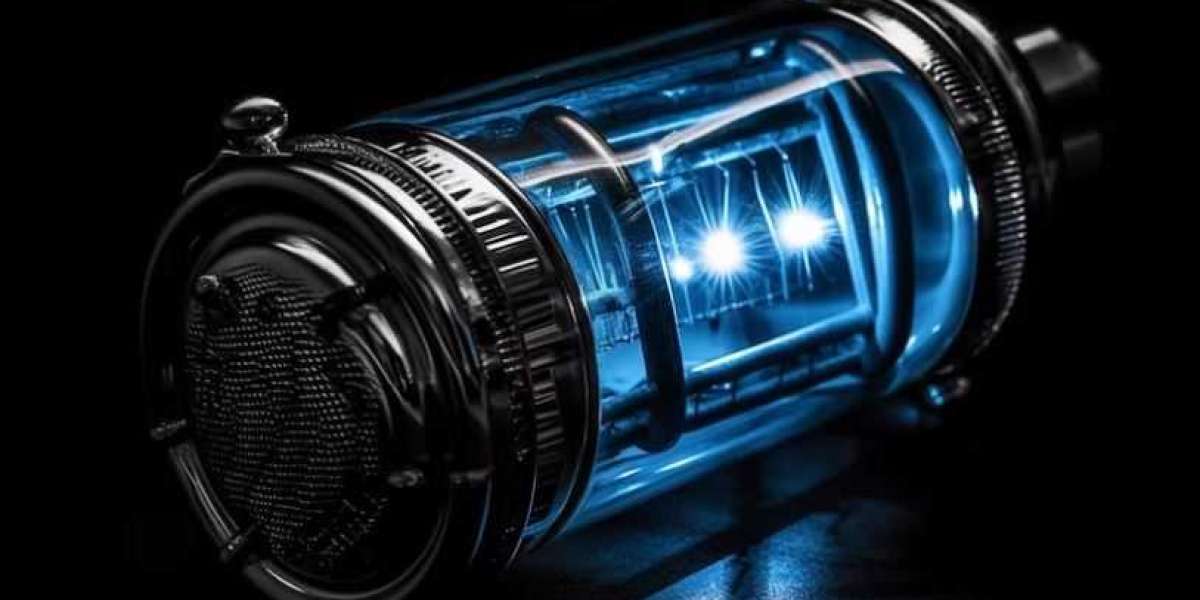As the automotive industry continues to evolve, so does the world of forced induction. Compound turbocharging and Hlava Sequential-Turbocharging stand as two distinct approaches, each with its own set of advantages and drawbacks. In this comprehensive comparison, we delve into the benefits of Hlava Sequential-Turbocharging and the disadvantages of Compound Turbocharging, shedding light on the future of turbocharger technology.
Hlava Sequential-Turbocharging: The Future of Forced Induction
The Hlava Sequential-Turbo Manifold, developed by Absolute Manufacturing Fabrication, Inc., marks a revolutionary leap in the realm of forced induction. This innovative approach combines small and large turbochargers in sequence, resulting in a host of benefits that redefine performance, efficiency, and responsiveness.
Benefits of Hlava Sequential-Turbocharging:
- Unmatched Turbocharger Response: Hlava Sequential-Turbocharging delivers earlier and more immediate turbocharger response than any other turbocharging method. This translates to reduced turbo lag and enhanced throttle response, providing a thrilling driving experience.
- Consistent Performance: With strategically designed bypass valves integrated into the manifold, the HST system ensures steady turbocharger response throughout high RPMs, delivering a predictable and consistent power output across the entire RPM range.
- Versatility Across Platforms: Whether you're dealing with distributorship, investment, or direct customer engagement, the HST manifold is compatible with all internal combustion engine (ICE) platforms capable of utilizing forced induction, providing a versatile solution for various applications.
- Efficient Exhaust Gas Utilization: The HST manifold maximizes the utilization of exhaust gas from the engine, eliminating the need for wastegates. This leads to cooler intake temperatures, minimal exhaust pressure restrictions, and enhanced overall efficiency.
- Simplified Tuning: The absence of a boost solenoid streamlines the tuning process, allowing for easier adjustments and optimization of performance characteristics.
- Improved Fuel Efficiency: By providing turbochargers that assist the engine across a broader RPM band, the HST manifold contributes to better fuel mileage, making it a greener choice for environmentally conscious drivers.
- Emissions Reduction: The complete burn facilitated by the HST manifold results in decreased vehicle emissions, aligning with environmental regulations and sustainability goals.
Compound Turbocharging: Challenges and Limitations
While Compound Turbocharging has been employed for its power potential, it comes with certain drawbacks that hinder its widespread adoption.
Disadvantages of Compound Turbocharging:
- Complexity: Compound Turbocharging involves the integration of two turbochargers, which increases the overall system complexity, leading to potential maintenance and reliability concerns.
- Turbo Lag: The larger primary turbocharger in a compound setup can still result in noticeable turbo lag, impacting throttle response and overall driving experience.
- Synchronization Challenges: Achieving seamless coordination between two turbochargers of varying sizes can be challenging, leading to potential issues with synchronization and responsiveness.
- High Boost Threshold: Compound Turbocharging setups often exhibit a higher boost threshold, which means that optimal performance might be delayed until higher RPMs are reached.
- Tuning Complexity: Tuning a compound turbocharged engine requires intricate adjustments to both turbochargers, adding complexity to the tuning process and potentially requiring specialized expertise.
Conclusion: Forging Ahead with Innovation
In the face of these considerations, the Hlava Sequential-Turbo Manifold emerges as a groundbreaking solution that combines the best of both worlds – immediate response, consistent performance, and efficiency – without the complications associated with Compound Turbocharging. As the automotive landscape continues to evolve, the HST manifold represents a revolutionary leap towards a more accessible, versatile, and high-performance forced induction experience.








